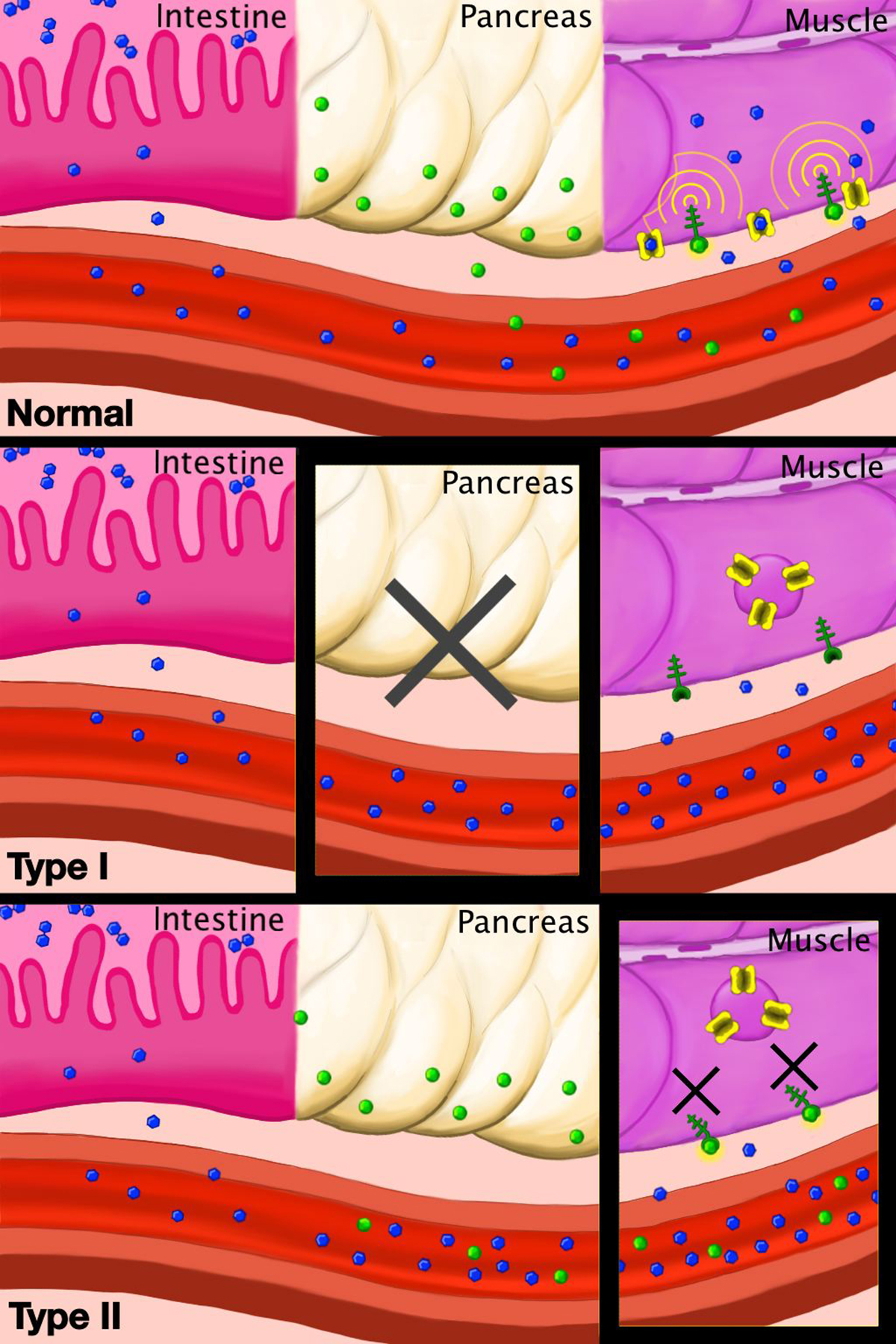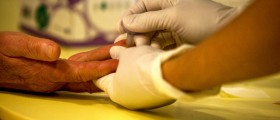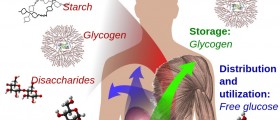
Diabetes mellitus type 1 (Juvenile diabetes)
Diabetes mellitus type 1, also called juvenile diabetes, is one of the types of diabetes mellitus that is caused by the body’s immune system destruction of the beta cells in the pancreas. These beta cells produce insulin, which regulates the blood sugar level. Since the beta cells are attacked by the immune system, they produce less insulin and due to that, the level of glucose increases in blood and in urine as well.
The most common symptoms of this disorder are polyria, which is frequent urination, polydipsia, which is an increased thirst, increased hunger also called polyphagia and the loss of weight. This condition must be treated; otherwise it can be life-threatening and fatal. The most common treatment of diabetes mellitus type 1 includes insulin injections.
Causes of diabetes mellitus type 1
Diabetes mellitus type 1 is a disease that has several potential causes, among which are environmental factor and genetics, for example. It is proven in some studies that environmental factors may contribute to the development of this condition. Furthermore, diabetes mellitus type 1 is a polygenic disease and may be caused by various genes. However, the exact cause for the development of diabetes mellitus type 1 is not completely understood. There are certain theories that claim that this disorder occurs as the body’s immune system response to some viral infection. Due to that, the immune system attacks the cells that are infected by a virus along with the beta cells in the pancreas. The Coxsackie virus family or German measles can trigger this reaction of the immune system of a person. The beta cells which are in the Islets of Langerhans are thus destroyed and therefore, the level of insulin decreases.
Type 1 diabetes is marked by the deficiency of insulin, while type 2 diabetes is featured by the insulin resistance. However, it is not a rule that those who are infected by, for example, the Coxsackie virus will develop type 1 diabetes. At great risk are those who are genetically predisposed or genetically vulnerable. In one research, it has been proven that there is the association between short breast-feeding period and short attendance to day care. Furthermore, the potential causes for the occurrence of diabetes mellitus type 1 are the immune system’s response to cow's milk proteins, some chemicals and drugs that in some cases destroy pancreatic cells and vitamin D in doses of 2000 mg per day given during the first year of a child's life.

















Your thoughts on this
Loading...